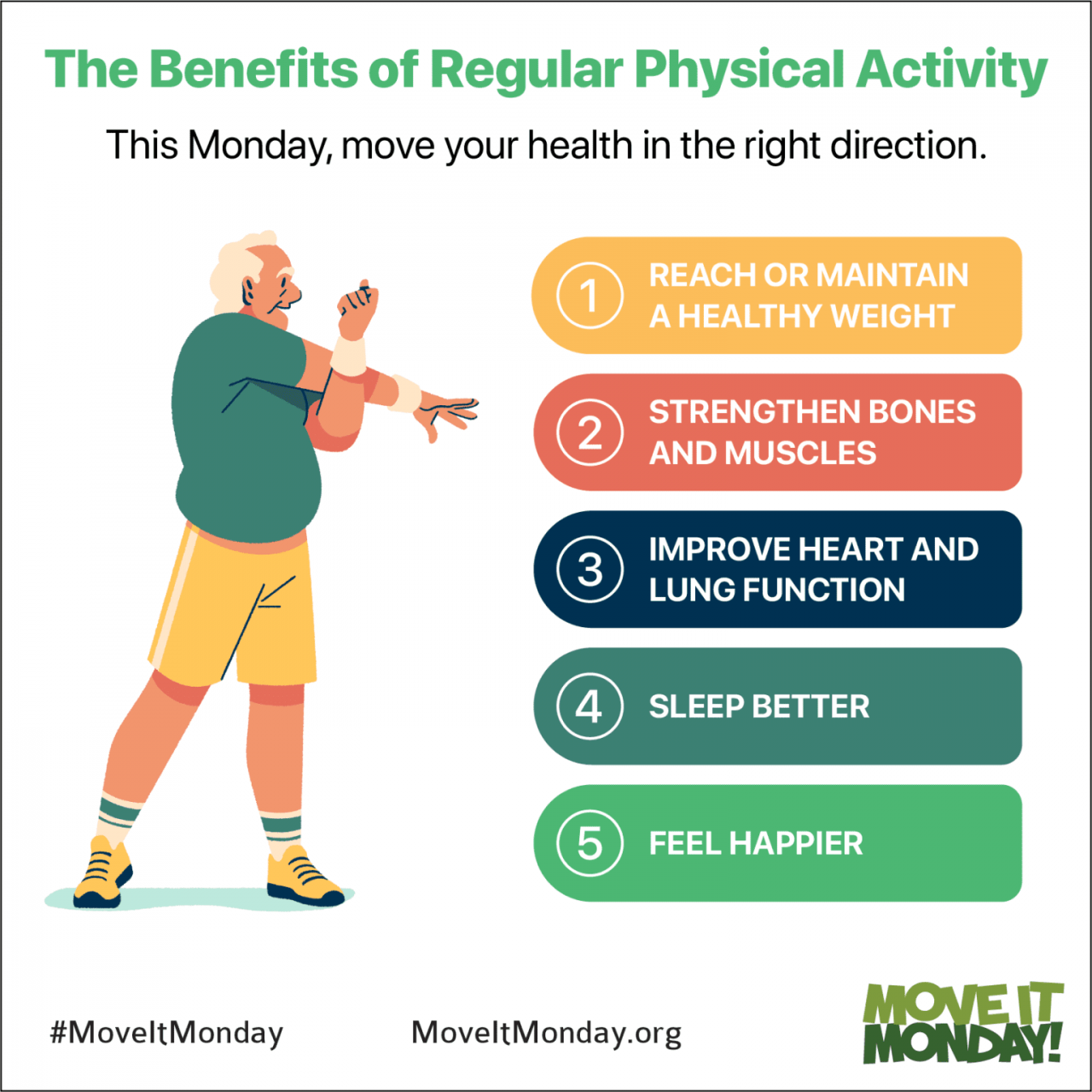
Explain why regular exercise is the best way to prevent flexibility issues. – Regular exercise is the best way to prevent flexibility issues. Flexibility is essential for overall health and well-being, and it plays a vital role in reducing the risk of injuries, improving posture, and enhancing athletic performance. Regular exercise can help increase range of motion, reduce stiffness, and improve joint health.
Mother’s Day is a special occasion to celebrate the love and sacrifices of our mothers. This year, express your gratitude with heartfelt happy mothers day wishes mom . Whether it’s a thoughtful message or a personalized gift, show your appreciation for the unwavering support and love your mother has always given you.
In this article, we will delve into the physiological benefits of exercise on flexibility, explore its impact on joint health, and discuss lifestyle considerations for incorporating regular exercise into daily routines. We will also address special considerations for different age groups and individuals with underlying health conditions.
For sisters who are also mothers, Mother’s Day is an opportunity to celebrate their dual roles. Express your love and appreciation for your happy mother’s day sis with a thoughtful gift or a special message acknowledging her strength, resilience, and the unwavering bond you share.
Why Regular Exercise Is the Best Way to Prevent Flexibility Issues: Explain Why Regular Exercise Is The Best Way To Prevent Flexibility Issues.

Flexibility is essential for overall health and well-being. It helps us move with ease, perform daily activities efficiently, and reduce the risk of injuries. Unfortunately, flexibility issues are common, affecting people of all ages and fitness levels. Regular exercise is the best way to prevent and address these issues, as it helps increase range of motion, improve joint health, and promote overall physical fitness.
Physiological Benefits of Exercise on Flexibility
Exercise helps increase range of motion and joint mobility by stretching and lengthening muscles. It also improves muscle elasticity and reduces stiffness, making it easier to move and perform daily activities. Specific exercises, such as yoga, Pilates, and tai chi, focus on improving flexibility and can be incorporated into a regular exercise routine.
If you’re looking for a unique way to honor your mother this Mother’s Day, consider sending her a special happy mother’s day pictures . A heartwarming photo of you and your mother, or a collage of special moments, can serve as a cherished keepsake that she will treasure forever.
Impact of Exercise on Joint Health
Exercise helps lubricate joints and reduce inflammation. It also strengthens muscles around joints, providing support and stability. This helps prevent joint pain, stiffness, and injuries. Activities like swimming, cycling, and walking are low-impact exercises that can improve joint health and prevent flexibility issues.
Lifestyle Considerations, Explain why regular exercise is the best way to prevent flexibility issues.
Incorporating regular exercise into daily routines is crucial for maintaining flexibility. Aim for at least 30 minutes of moderate-intensity exercise most days of the week. Make exercise a sustainable habit by finding activities you enjoy and setting realistic goals. Combining exercise with a healthy diet and adequate sleep further enhances flexibility and overall well-being.
Stiff and tight muscles can be a major cause of back pain, leading to discomfort and reduced mobility. Understanding the connection between muscle tension and back pain is crucial for developing effective pain management strategies. If you’re experiencing lower back pain, it’s essential to consult a healthcare professional for proper diagnosis and treatment.
Fortunately, there are various lower back exercises at home that can help strengthen the muscles supporting your spine and alleviate pain.
Special Considerations
Flexibility issues can be more prevalent in certain age groups, such as seniors and children. Seniors may experience reduced flexibility due to age-related muscle loss and joint stiffness. Children, on the other hand, may have increased flexibility but may also be more prone to injuries if not properly conditioned.
Consulting with healthcare professionals before starting an exercise program is recommended, especially for individuals with underlying health conditions.
Epilogue

In conclusion, regular exercise is the cornerstone of flexibility maintenance and injury prevention. By incorporating exercise into our daily routines, we can reap the numerous benefits it offers for our overall health and well-being. Prioritizing exercise and flexibility training is an investment in a healthier, more fulfilling life.
Quick FAQs
How often should I exercise to improve flexibility?
Aim for at least 30 minutes of moderate-intensity exercise most days of the week.
What types of exercises are best for improving flexibility?
Stretching, yoga, tai chi, and swimming are excellent choices.
Is it too late to start exercising to improve flexibility?
No, it’s never too late to start exercising and improving your flexibility.

